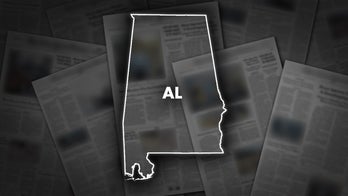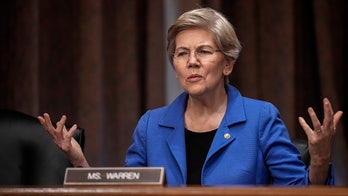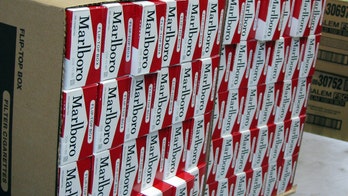The calendar indicates a double digit number of days until November 2nd, Election Day, the American tradition for waiting in line at the local precinct and casting a ballot. Yet many candidates are in their frenzied, final sprint right now.
The runway for landing voters is much shorter than it looks, because early voting is either underway or about to start. This new normal in the election schedule is reshaping the way campaigns do business.
In just days, ballots will hit mailboxes for 60% of registered voters in the battleground, purple state of Colorado, where a U.S. Senate seat and the governor's office are among the prizes up for grabs.
It answers why just about every other television commercial you see or hear is political in nature.
Walt Klein, general consultant to Republican Ken Buck's Senate campaign says,"...you have to do heavier television and radio advertising, sooner.
We used to say you'd start your heaviest week, would be the week before the election, before Election day and then you'd work your way back. Now, you start your heaviest week the week before absentee ballots are mailed in early October or mid-October." Klein describes it as a revolving, 3 1/2 week election period, candidates want to keep peaking, because "...voters have a much wider opportunity, in terms of number of days, to decide when they want to drop their ballots."
The effort to lock in votes early is literally known in the business as "chasing ballots". Klein says a great deal of effort goes to "...encourage voters you think are on your side, to request an absentee ballot" and "to try to get people to return those ballots as soon as...feasible after they get them."
It's not just commercial buys that are impacted. Mailers, neighborhood canvassing and telephone calls all figure into the equation. Old-fashioned, day-of exit polls have evolved into an ongoing project. As mail-in ballots are returned, it's a matter of public record. Campaigns have the ability as ballots are cast, to go out into the field and do interviews with folks who have returned ballots. Based on what voters reveal, number crunchers and political gurus can make projections.
Denver based pollster Floyd Ciruli credits mail-in ballots in Colorado's August primary for generating record high participation. The convenience factor is catching on, but there's more to it. Ciruli says, "It allows interest groups and it allows movements like the Tea Party movement to encourage voting by lots of Internet activity and direct contact, so I think it both helps increase turnout in general, but it also helps those groups that want to target votes and turn them out to do so."
Campaigns aren't the only ones adjusting to the timeline. Ballots have to be printed earlier and mailed (October 12 for Colorado). Secretary of State, Bernie Buescher says, "The crunch used to be have all the ballots at the polling place on the day of the election." No small feat considering some counties have 2,000 different ballot styles. Buescher thinks mail-in ballots and early voting spread the workload and improve reliability. Ballots are scanned, but not tabulated as they come in, so on Election Day, 90% of the job can already be done.
Early returns also mean voters can't change their votes if last minute scandal or controversy hits. "The late 'gotcha' type campaign trick is clearly less effective with the mail process. I've talked to folks that run campaigns, they tend not to like the mail process, but I think our voters like it, that's really the driving force", says Buescher. He adds Colorado is a leader in the trend, right behind Washington and Oregon, which only use mail ballots. At least 30 states now offer some form of early voting.




